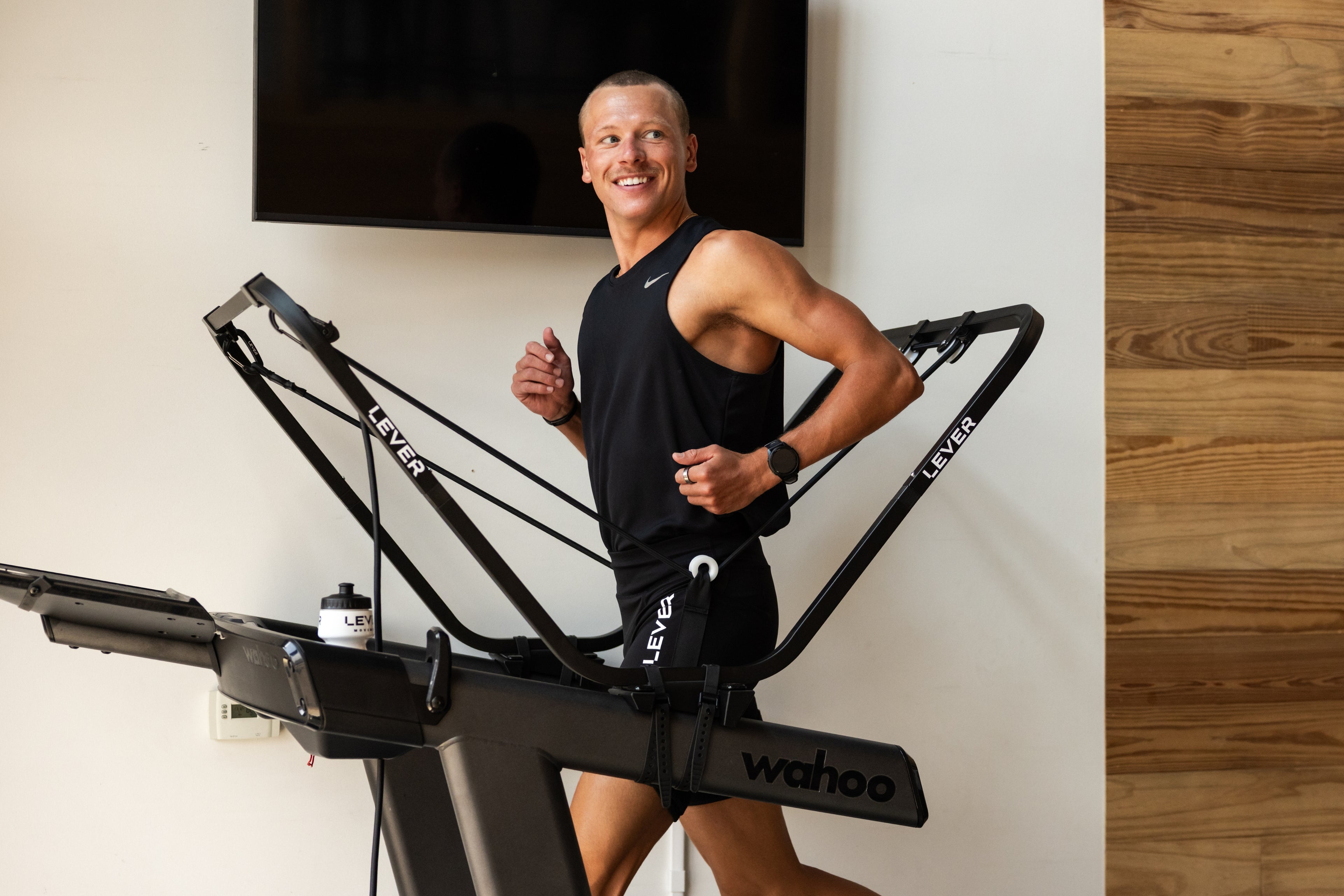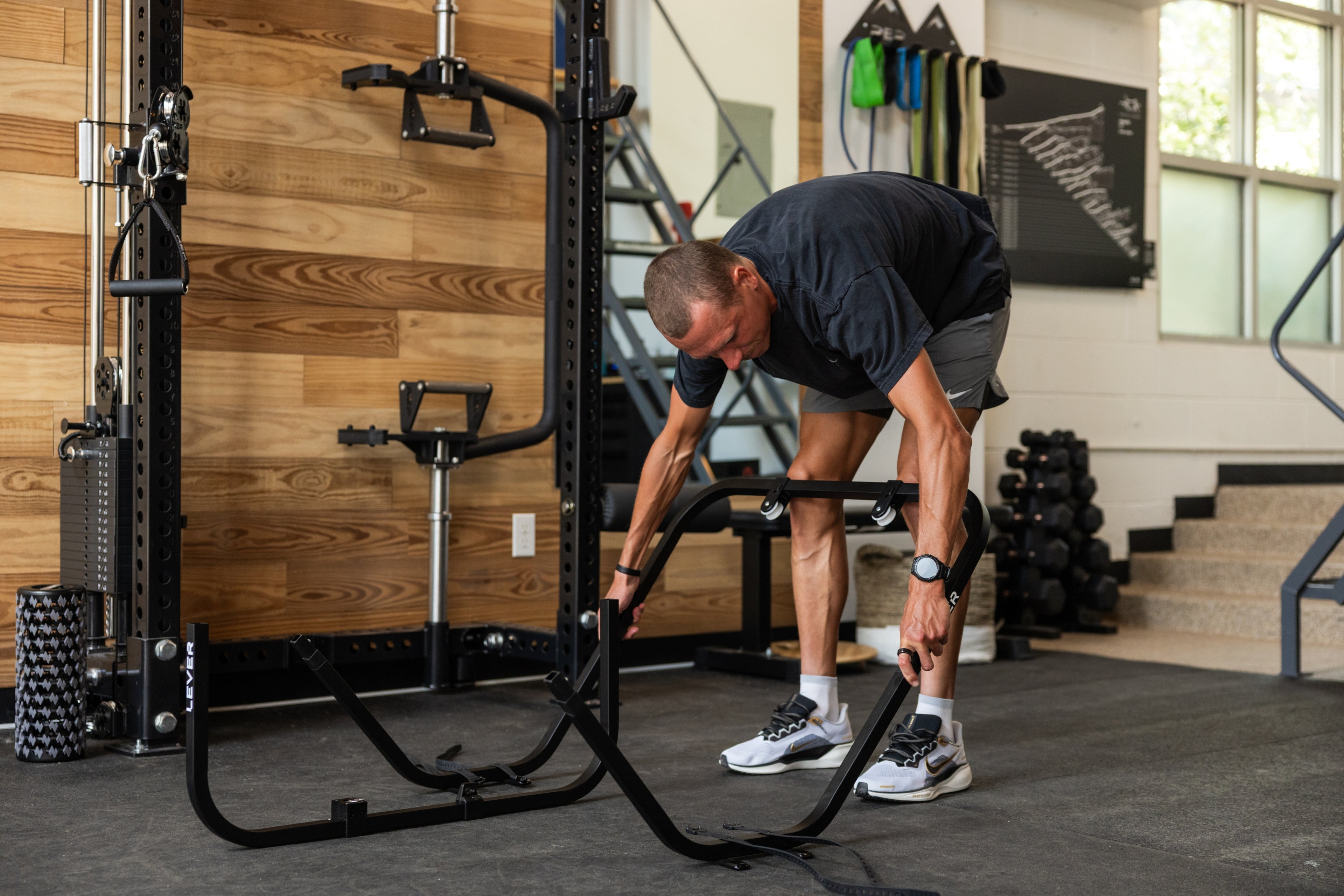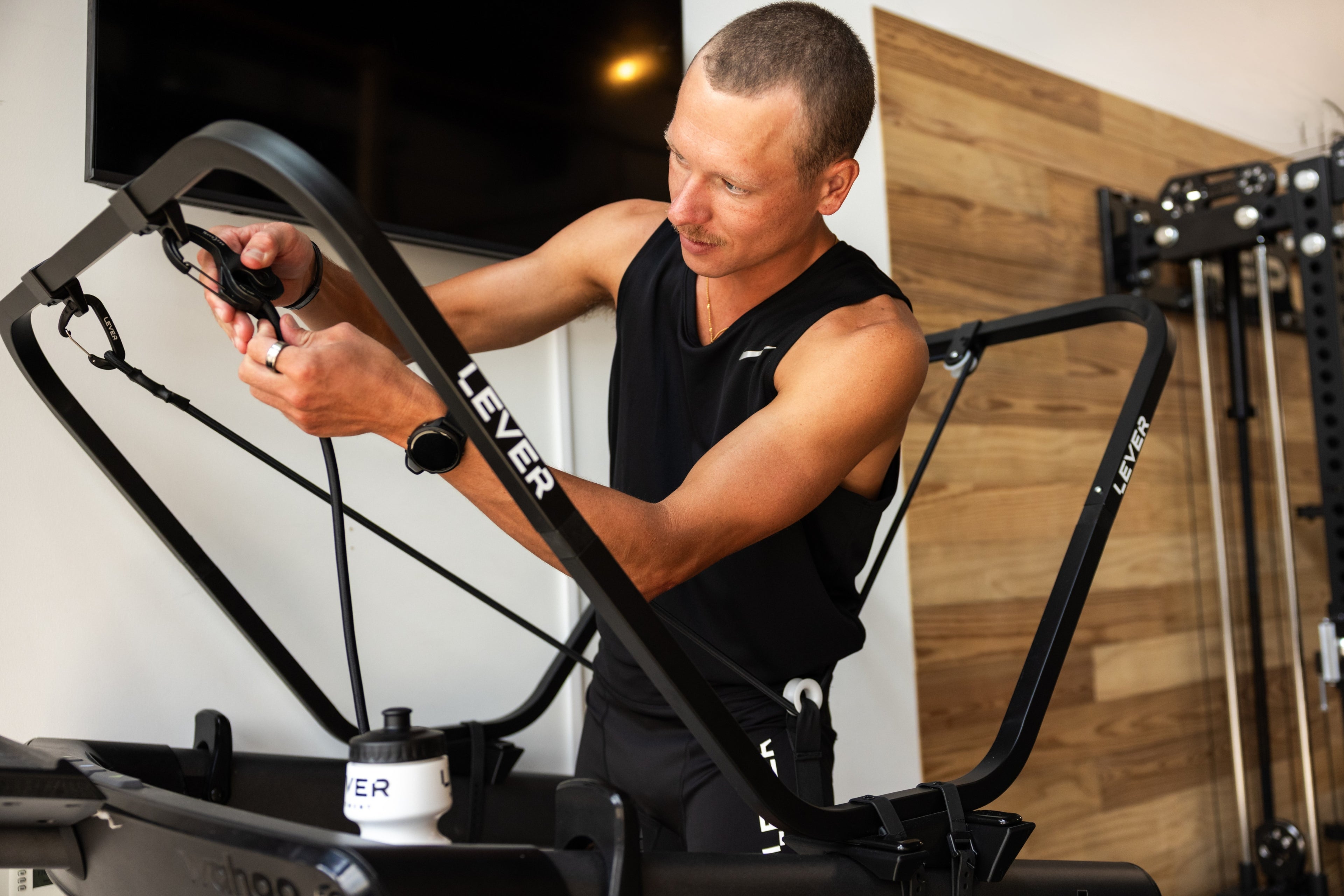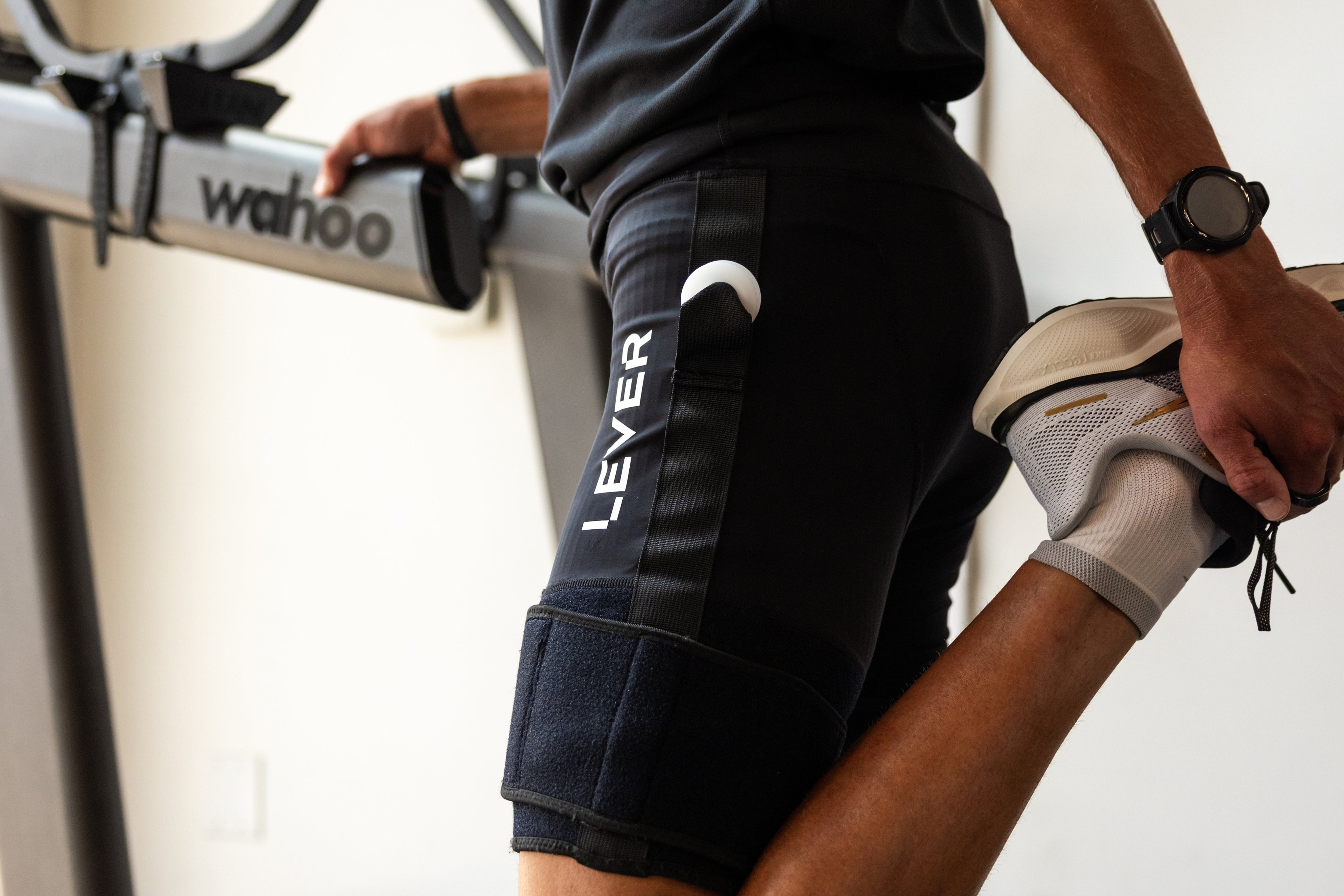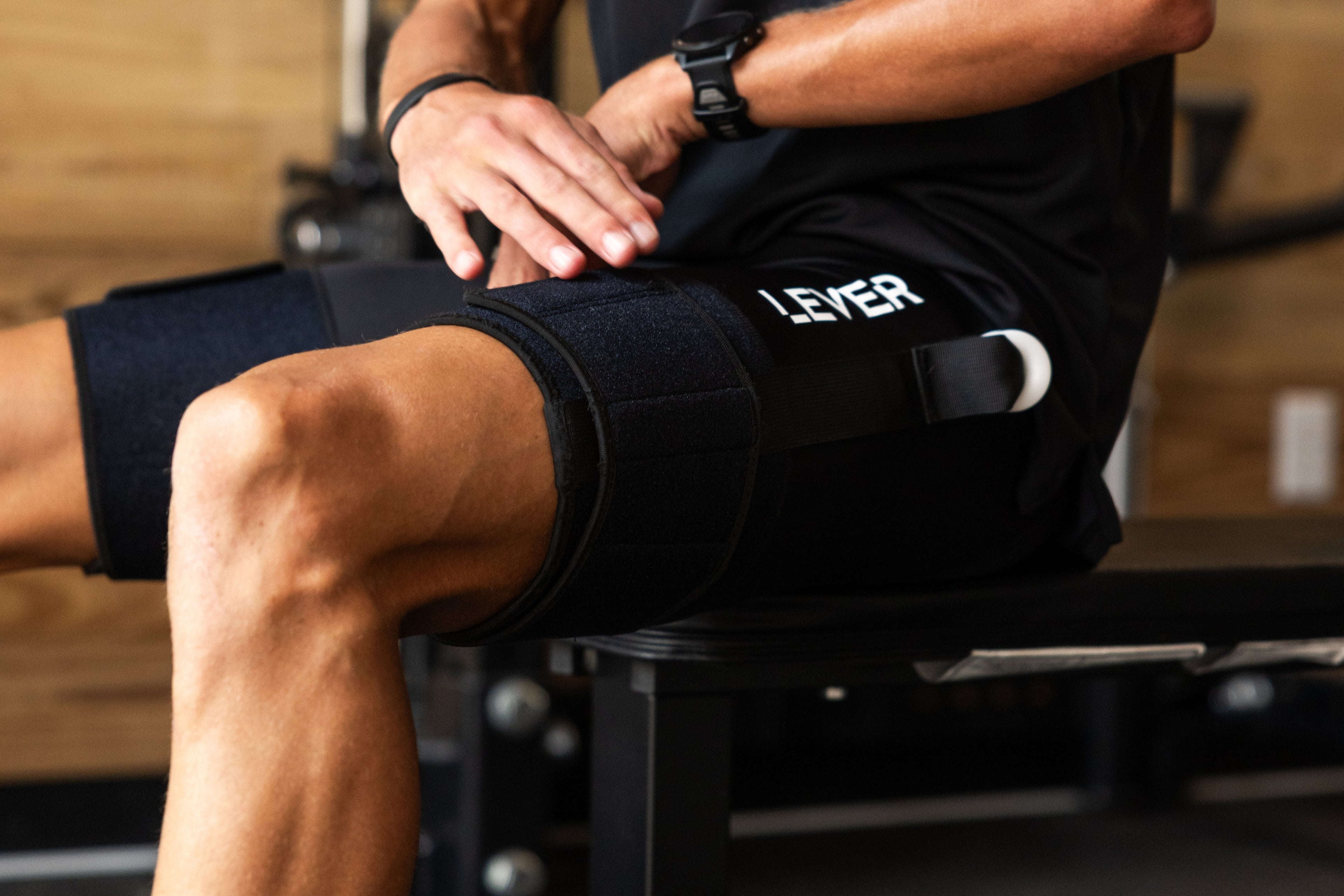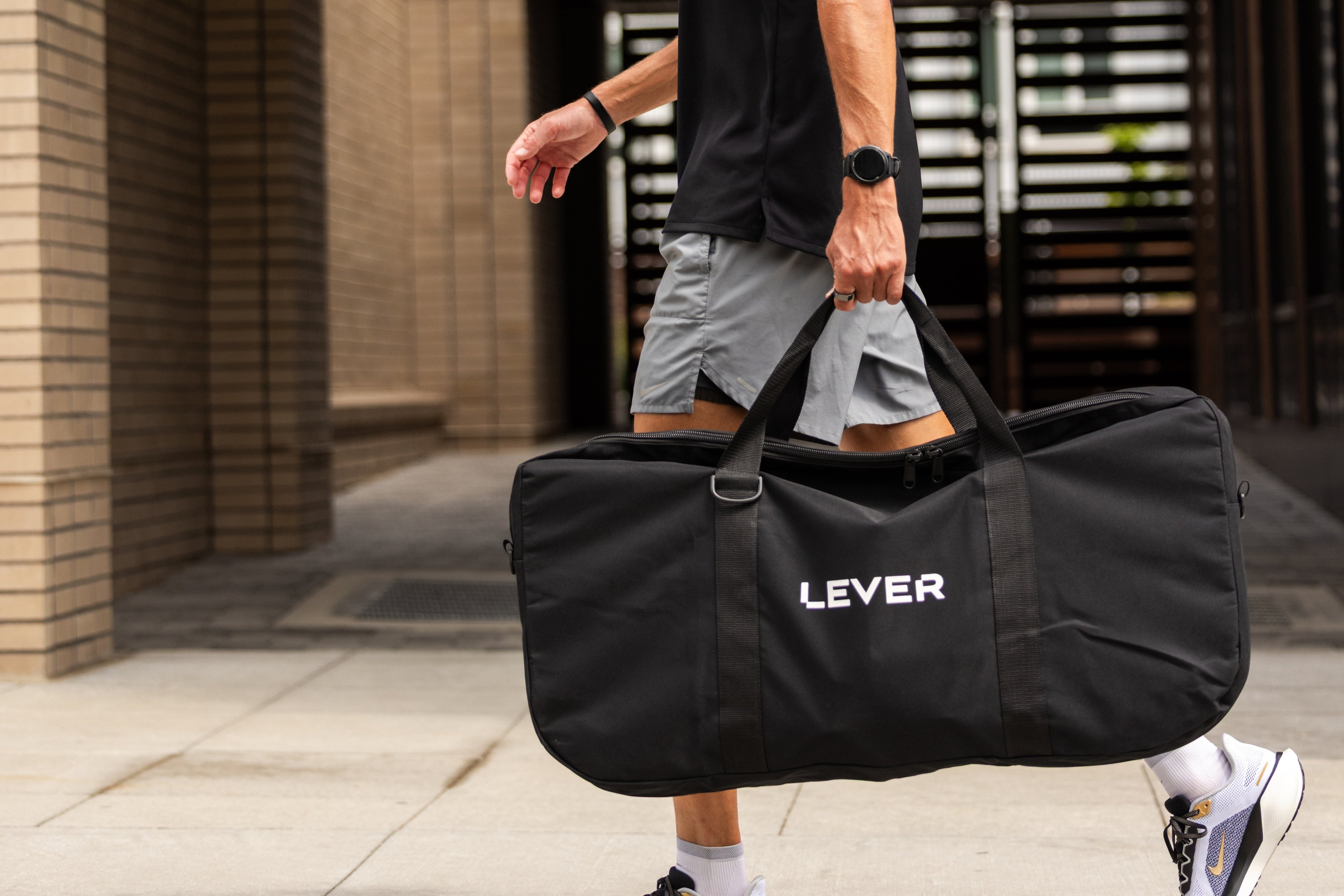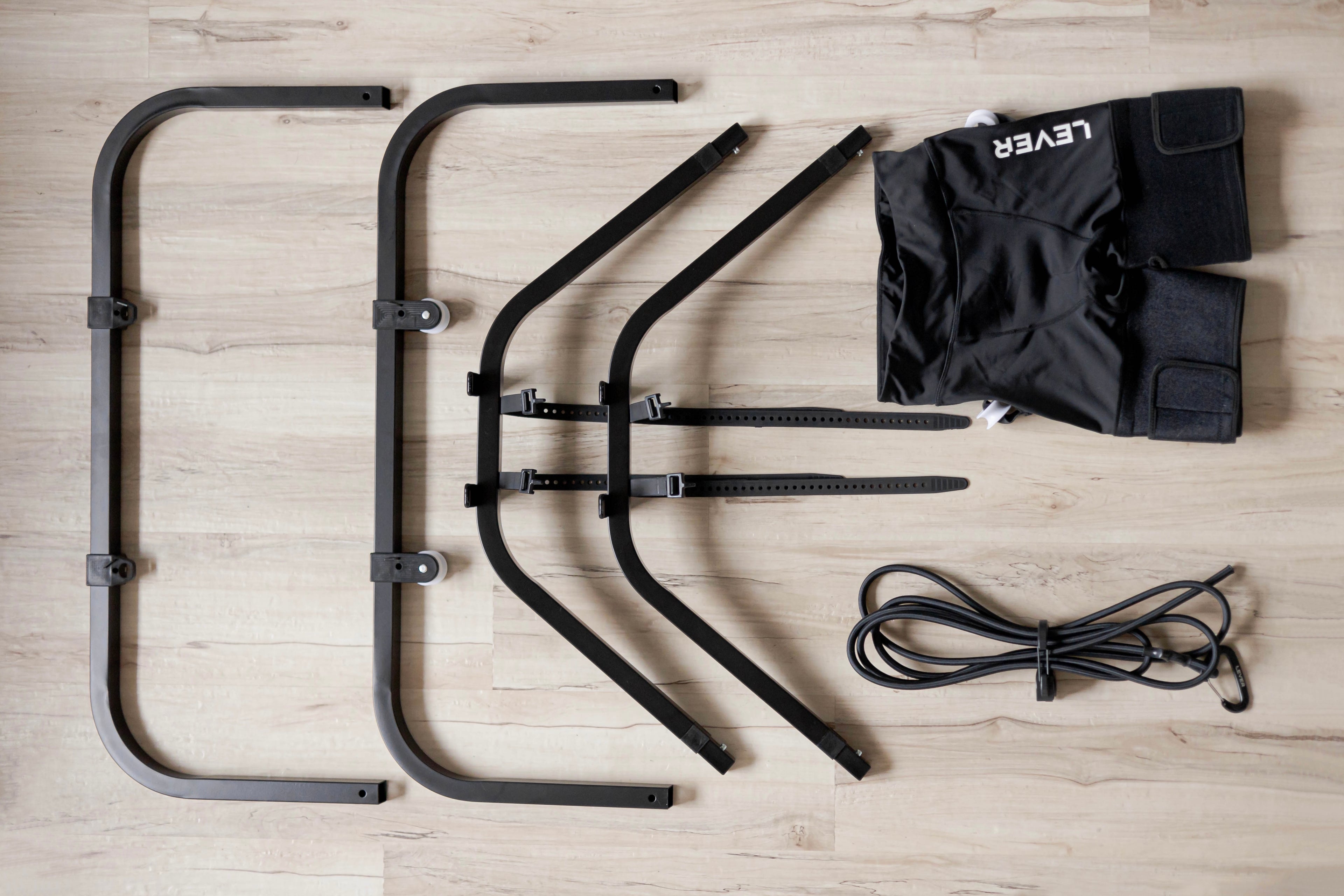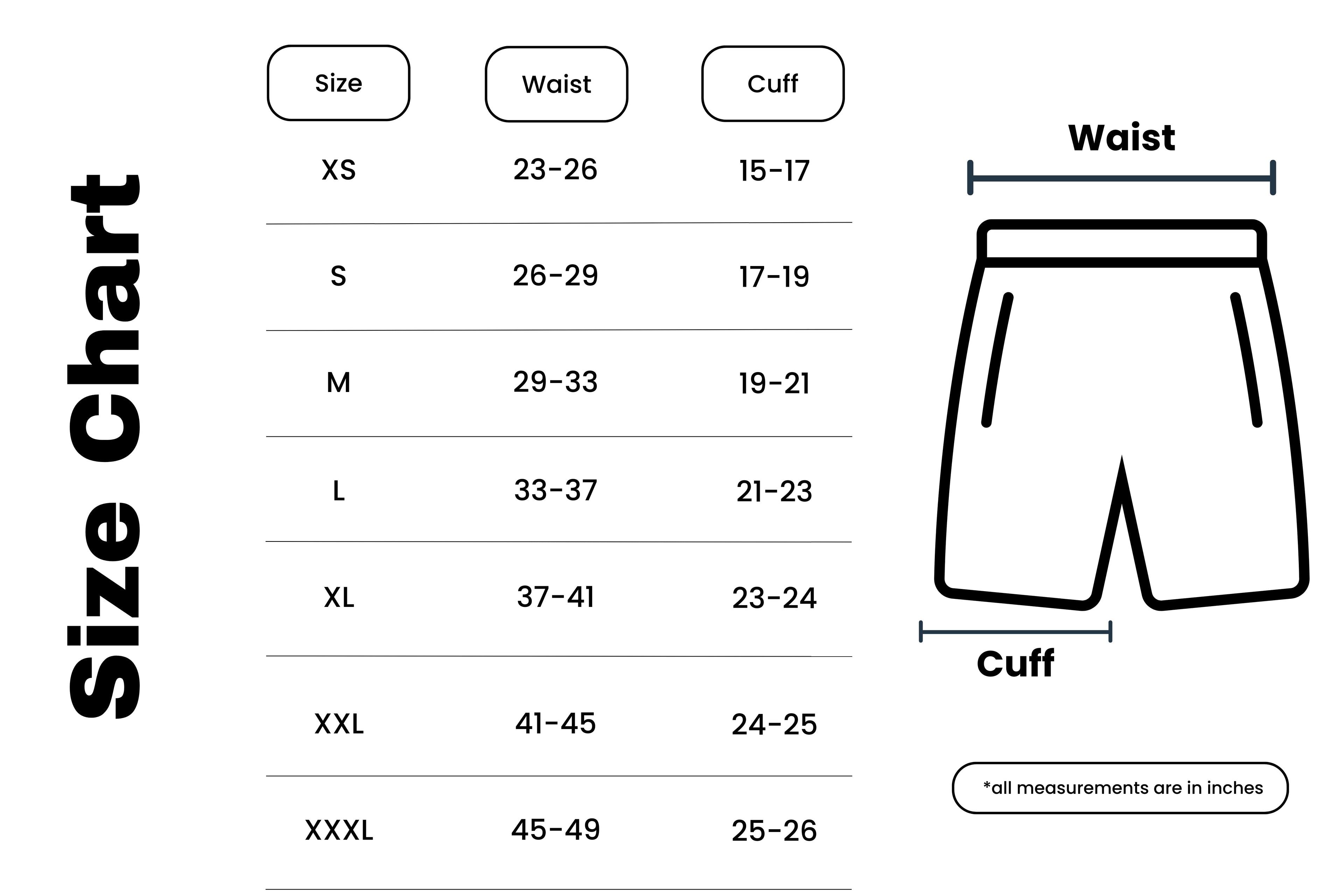Feeling a dull ache along the inside of your shin while running? You might be dealing with Medial Tibial Stress Syndrome (MTSS) commonly known as Shin Splints. It’s one of the earliest warning signs of bone stress injuries in runners and athletes involved in repetitive impact sports.
The good news? With the right approach, you can manage MTSS before it progresses into a more serious condition like a tibial stress fracture.
In this blog, we’ll explore what MTSS is, why it happens, and how to recover while keeping your training on track.
What Is Medial Tibial Stress Syndrome?
MTSS is an overuse injury that causes pain along the inner edge of the tibia (shinbone). It occurs when repeated loading irritates the bone, the periosteum (the bone’s outer covering), and surrounding soft tissues often the posterior tibialis and soleus muscles.
Common symptoms include:
-
Dull, aching pain along the lower medial (inner) shin
-
Discomfort that worsens during or after runs but might ease as you warm up
-
Tenderness over a broad area of the lower leg (not a sharp, pinpoint location like a stress fracture)
Research note: MTSS accounts for up to 16% of all running injuries and as much as 35% of injuries among military recruits during basic training (Newman et al., 2013).

Step 1: Identify the Warning Signs Early
The key to managing MTSS is catching it early. Shin splints are often a precursor to more serious injuries like tibial stress reactions or full-blown stress fractures.
Risk factors include:
-
Rapid increases in training volume or intensity
-
Worn-out or unsupportive shoes
-
Weak calf muscles or poor ankle mobility
-
Overpronation or faulty biomechanics
If you notice lingering shin pain that worsens with running, don’t ignore it.
Step 2: Modify Activity Without Losing Fitness
The first step in recovery is reducing impact to allow the bone and surrounding tissues to recover. That doesn’t mean total rest you just need to change how you train.
Options include:
-
Switching to low-impact cross-training (swimming, cycling)
-
Running on softer surfaces like grass or dirt
-
Using body weight support systems like LEVER to reduce the mechanical load on the tibia
Research note: MTSS is now understood primarily as a bone overload condition. Fredericson et al. (2014) emphasize the importance of reducing tibial stress before it progresses to a stress injury.

Step 3: Why Body Weight Support Helps
Body weight support (BWS) tools like the LEVER system are one of the most effective ways to stay active while reducing tibial loading.
BWS helps by:
-
Reducing ground reaction forces on the tibia during running
-
Allowing you to maintain cadence and aerobic conditioning
-
Supporting consistent movement patterns and mental momentum
Research note: Studies have shown that BWS running significantly reduces tibial stress while preserving cardiorespiratory effort (Willy et al., 2016).
Step 4: Strengthen and Stabilize the Lower Leg
Strength training helps address the underlying causes of MTSS and improves shock absorption through the lower kinetic chain.
Key areas to strengthen:
-
Calves (gastrocnemius and soleus)
-
Posterior tibialis (important for arch support and foot control)
-
Foot intrinsic muscles and ankle stabilizers
-
Hips and glutes (to reduce tibial strain through better mechanics)
Include exercises like:
-
Eccentric calf raises
-
Foot doming and toe yoga
-
Single-leg balance drills
-
Hip abduction and extension work
Research note: Both hip and calf strength deficits have been identified as modifiable risk factors for MTSS (Beck, 1998; Moen et al., 2010).
Step 5: Return to Running Gradually
Once walking is pain-free and light jogging on soft surfaces is tolerated, you can start to return to running. A gradual approach will reduce the risk of recurrence.
A safe progression looks like:
-
Start with short runs using LEVER at 70–85% body weight
-
Slowly increase duration and load over 2–3 weeks
-
Monitor pain and avoid “pushing through” discomfort
-
Add intervals or hills only after building a pain-free base
For athletes preparing for races, LEVER allows continued progression without interruption while healing.

Estimated Recovery Timeline
Recovery depends on how early you address symptoms and your overall tissue capacity.
-
Mild cases: 2–4 weeks with modified activity
-
Moderate cases: 4–6 weeks with body weight support or cross-training
-
Severe/chronic MTSS: 6–12+ weeks if left unaddressed
Ignoring symptoms can lead to a tibial stress fracture so acting early makes all the difference.
Shin splints don’t have to derail your training. Medial Tibial Stress Syndrome is manageable when you catch it early, reduce load, and commit to strengthening the right areas.
Tools like LEVER allow you to train smarter while reducing impact, helping you stay consistent without sacrificing long-term health.
Want to see how body weight support can fit into your recovery plan? Learn more about the LEVER system HERE.











